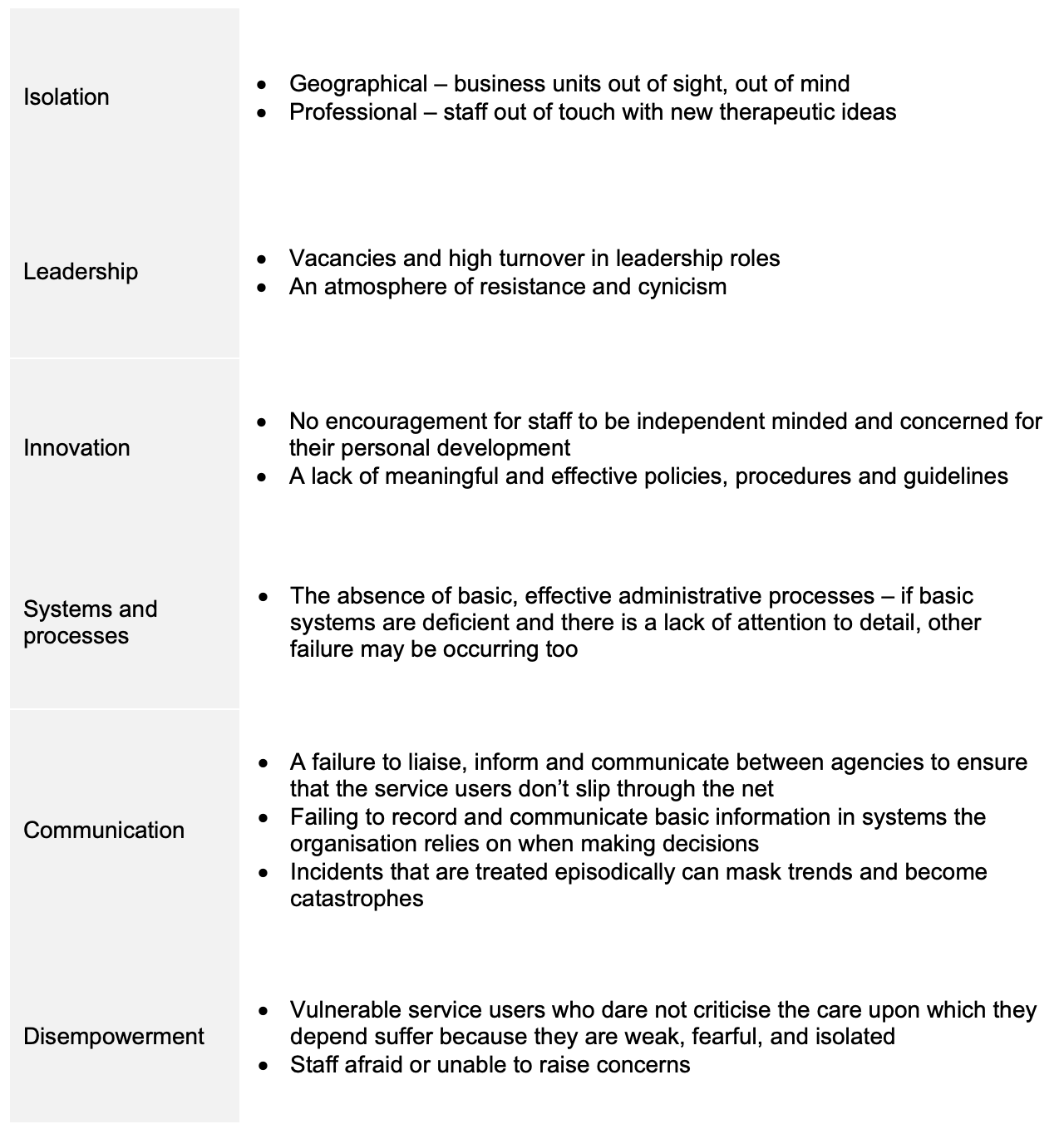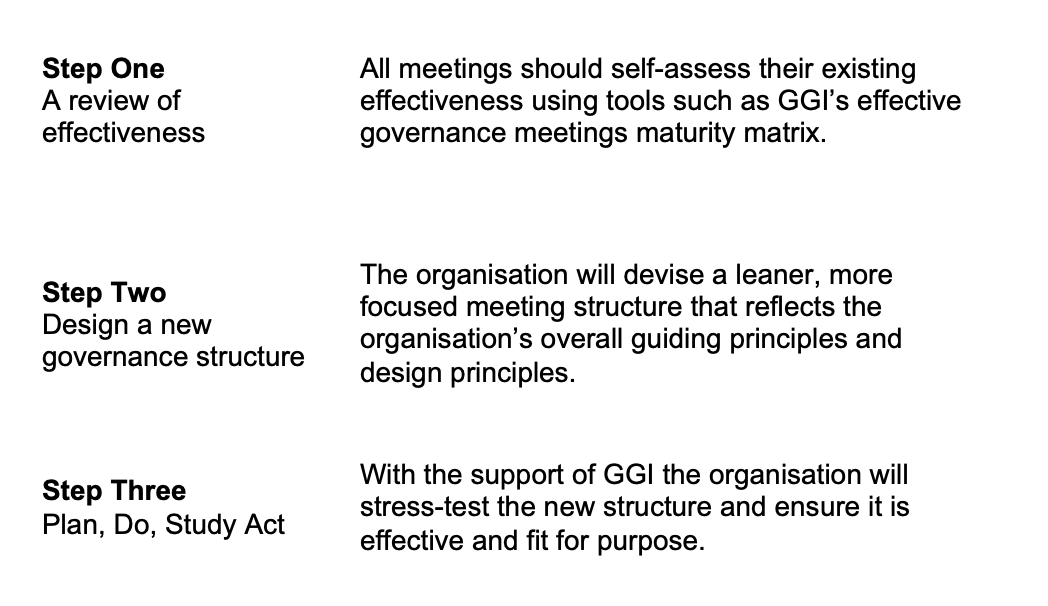Governance that’s fit for purpose
23 May 2022
GGI consultant Mike Weaver sets out the key questions boards must ask themselves when assessing their systems of governance.
All NHS bodies and private and third sector providers supplying NHS services are required by law to take account of the NHS constitution in their decisions and actions. This fundamental accountability to the public and stakeholders is delivered by building confidence:
- in the quality and safety of health services
- that resources are invested in a way that delivers optimal health outcomes
- in the accessibility and responsiveness of health services
- that patients and the public can help to shape health services to meet their needs
- that public money is spent in a way that is fair, efficient, effective, and economic.
The challenge for any NHS organisation or private or third sector provider is knowing that the governance structure upon which they fundamentally rely is working as it should. But how would they know? All too often it is only when things go wrong that a board becomes aware that their system of governance is not fit for purpose.
How do know what we don’t know?
What questions should a board ask itself when assessing its system of governance? And how can it be assured that its system of governance effectively supports the board to meet its statutory obligations and, most importantly. maintain stakeholder confidence?
An organisation should ask itself whether it has a system of governance that:
- provides a clear line of sight from the floor to the board and back again
- demonstrates a clear separation of management and board responsibilities
- empowers decision makers and leaders in the integrated service units
- enables staff to achieve their objectives.
Why do systems of governance fail?
Higgins undertook an analysis of themes that emerged from inquiry reports into failures of care within the NHS (Higgins, 2000) and identified six main themes. Each relates to specific reports of service failure that in themselves are indicative of failures with a governance system that is no longer fit for purpose.
Table One: Higgins Failures in Care

Ockenden review lessons
More recently, the Ockenden review found a leadership team up to board level in an NHS trust to be in a constant state of churn and change. The review team felt that the trust failed to foster a positive environment to support and encourage service improvement at all levels.
The team also concluded the trust board did not have oversight or a full understanding of issues and concerns within the maternity service, resulting in neither strategic direction and effective change, nor the development of accountable implementation plans.
It’s noteworthy that the review team identified a number of external reviews carried out by external bodies, including local clinical commissioning groups and the Care Quality Commission, during the last decade. The team were concerned that some of the findings from these reviews gave false reassurance about maternity services at the trust, despite repeated concerns being raised by families. They felt that opportunities were lost to improve maternity services at the trust sooner.
This more recent example serves to emphasise the importance of an organisation testing and assessing its system of governance and questioning its own understanding of the safety and quality of the services it provides.
Game-changer
Demands on the health and social care system have fundamentally changed due to the pandemic. Organisations have faced unprecedented challenges and have been required to work at pace to mobilise new care pathways and deliver different models of care.
Now more than ever, it’s important that organisations review and test their systems of governance to ensure they remain fit for purpose and sufficiently resilient in the face of increasing service and resource pressures and organisational change.
Higgins notes that some failing organisations and individuals will nevertheless be able to tick a full list of boxes to show they are conforming to accepted practice. Many organisations rely on governance systems and procedures that may bypass the real questions about standards of care. The observation of required procedures may also be manipulated or handled mechanistically in a way that does not address the real problems.
What can an NHS organisations do?
An organisation’s system of governance should reflect the following design principles.
- Management and board responsibilities are clear and separate.
- There are as few layers within the hierarchy of meetings as possible; the structure should only have four tiers of meetings to ensure the timely reporting of information from floor to board and back again.
- There should be as few meetings as possible; those that are held should be invested in so they become productive and worthwhile.
- The structure should not conflate assurance and improvement forums.
- All staff understand and can describe the structure.
When reviewing its system of governance an organisation should consider the following three steps:

Download our effective governance meetings maturity matrix here.
To find out more about how GGI can help you to ensure your governance is fit for purpose, please get in touch.
